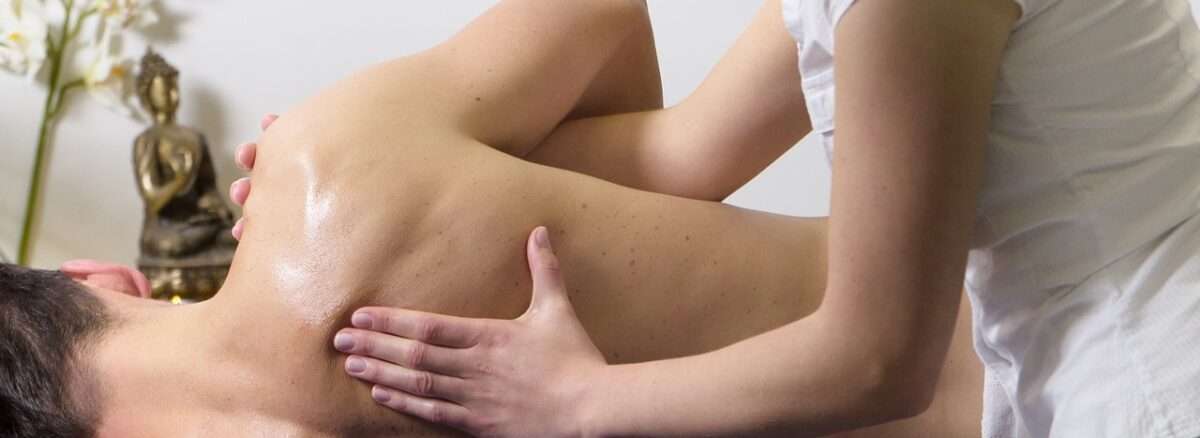Shoulder Injuries in the Throwing Athlete
Overhand throwing places extremely high stresses on the shoulder, specifically the anatomy that keeps the shoulder stable. In throwing athletes, these high stresses are repeated many times and can lead to a wide range of overuse injuries.
Although throwing injuries in the shoulder most commonly occur in baseball pitchers, they can be seen in any athlete who participates in sports that require repetitive overhand motions, such as volleyball, tennis, and some track and field events.
Throwing Phases
There are five main phases of throwing
▪ wind up (see below)
▪ cocking
▪ acceleration
▪ deceleration
▪ follow-through

Causes
▪ The scapula (Blade bone) must work in concert with the humerus (arm bone) to maintain shoulder stability. The entire throwing motion takes approximately 2 seconds, with wind up and acceleration phases taking around 75% of the time (1.5 seconds)
Significant stresses are placed on the anatomical structures that keep the humeral head centred in the glenoid socket when athletes repeatedly throw at high speed. Of the five phases that make up the pitching motion, the late cocking and follow-through phases place the greatest forces on the shoulder.
• Late-cocking phase. The thrower must bring the arm and hand up and behind the body during the late cocking phase to generate maximum pitch speed. This arm position of extreme external rotation helps the thrower put speed on the ball. However, it also forces the head of the humerus forward, which places significant stress on the ligaments in the front of the shoulder. Over time, the ligaments loosen, resulting in greater external rotation and greater pitching speed, but less shoulder stability.
• Follow-through phase. During acceleration, the arm rapidly rotates internally. Once the ball is released, follow-through begins and the ligaments and rotator cuff tendons at the back of the shoulder must handle significant stresses to decelerate the arm and control the humeral head.
When one structure — such as the ligament system — becomes weakened due to repetitive stresses, other structures must handle the overload. As a result, a wide range of shoulder injuries can occur in the throwing athlete.
The rotator cuff and labrum are the shoulder structures most vulnerable to throwing injuries.
Common Throwing Injuries In the Shoulder
Bicep Tendinitis and Tendon Tears
Repetitive throwing can inflame and irritate the upper biceps tendon. This is called biceps tendinitis. Pain in the front of the shoulder and weakness are common symptoms of biceps tendinitis.
Occasionally, the damage to the tendon caused by tendinitis can result in a tear. A torn biceps tendon may cause a sudden, sharp pain in the upper arm. Some people will hear a popping or snapping noise when the tendon tears.
Rotator Cuff Tendinitis and Tears
When a muscle or tendon is overworked, it can become inflamed. The rotator cuff is frequently irritated in throwers, resulting in tendinitis.
Rotator cuff tears often begin by fraying. As the damage worsens, the tendon can tear. When one or more of the rotator cuff tendons is torn, the tendon no longer fully attaches to the head of the humerus. Most tears in throwing athletes occur in the supraspinatus tendon.
Internal Impingement
During the cocking phase of an overhand throw, the rotator cuff tendons at the back of the shoulder can get pinched between the humeral head and the glenoid. This is called internal impingement and may result in partial tearing of the rotator cuff tendon. Internal impingement may also damage the labrum, causing part of it to peel off from the glenoid.
Instability
Shoulder instability occurs when the head of the humerus slips out of the shoulder socket (dislocation). When the shoulder is loose and moves out of place repeatedly, it is called chronic shoulder instability.
In throwers, instability develops gradually from repetitive throwing that stretches the ligaments and creates increased laxity (looseness). If the rotator cuff structures cannot control the laxity, then the shoulder will slip slightly off-centre (subluxation) during the throwing motion.
SLAP Tears (Superior Labrum Anterior to Posterior)
In a SLAP injury, the top (superior) part of the labrum is injured. This top area is also where the long head of the biceps tendon attaches to the labrum. A SLAP tear occurs in this attachment point’s front (anterior) and back (posterior).
Glenohumeral Internal Rotation Deficit (GIRD)
As mentioned above, the extreme external rotation required to throw at high speeds typically causes the ligaments at the front of the shoulder to stretch and loosen. A natural and common result is that the soft tissues in the back of the shoulder tighten, leading to a loss of internal rotation. This loss of internal rotation puts throwers at greater risk for labral and rotator cuff tears.
Scapular Rotation Dysfunction (SICK Scapula)
Proper movement and rotation of the scapula over the chest wall are essential during the throwing motion. The scapula (shoulder blade) connects to only one other bone: the clavicle. As a result, the scapula relies on several muscles in the upper back to keep it in position to support healthy shoulder movement.
During throwing, repetitive use of scapular muscles creates changes in the muscles that affect the position of the scapula and increase the risk of a shoulder injury. Scapular rotation dysfunction is characterized by drooping of the affected shoulder. The most common symptom is pain at the front of the shoulder, near the collarbone.


